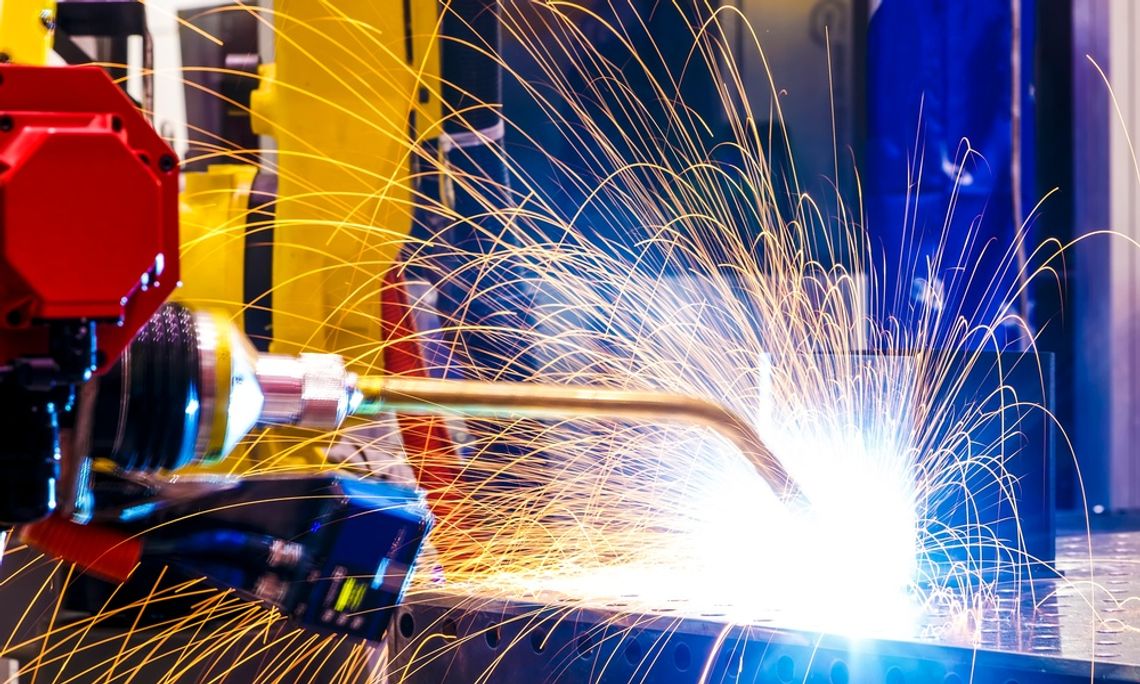Welding has always required a steady hand and a trained eye, but today’s fabrication needs are more demanding than ever. Whether you’re running a small custom shop or managing a growing industrial crew, it’s hard to ignore the pressure to produce more, faster, without sacrificing quality.
So, should you invest in automated welding equipment? It’s not a decision to take lightly, but it’s also not just about chasing tech trends. Here’s what to consider if you’re weighing this investment.
The Demands of Modern Welding
Across sectors like aerospace, energy, and pharmaceutical manufacturing, clients expect consistency. Welds must be repeatable, inspection-ready, and held to strict tolerances. Even small contract shops now face quality control requirements that once applied only to large-scale operations.
Manual techniques still have their place, but achieving speed, precision, and uniformity at scale can be challenging without assistance. For businesses hoping to grow or compete for regulated work, automation has become more than a luxury.
Where Automation Excels
Automated systems shine when the job involves repetition, high volumes, or tight geometries, especially with materials such as stainless steel or titanium. Consider orbital pipe welding in cleanroom environments or long runs of identical joints where precision is crucial.
In these scenarios, unlocking the precision and productivity power of AMI welding machines offers a significant advantage. Their consistency in heat input and joint quality can reduce rework, limit waste, and simplify compliance with inspection standards.
What Automation Can’t Replace
While automation offers clear benefits, it’s not a cure-all. Custom fabrication, low-volume jobs, or unpredictable field repairs still rely on the skill and adaptability of experienced welders. Machines can repeat steps flawlessly, but they can’t make judgment calls.
Still, human oversight is essential. Operators must interpret data, adjust settings, and troubleshoot when things don’t go according to plan. Investing in automation means complementing a team, not replacing it.
What To Weigh Before Investing
There’s more to consider than just machine specs. Robotic systems require up-front capital, training, and sometimes retrofitting a shop floor. Not every business has the right footprint—or workflow—to support the switch.
However, in regions like Northcentral Pennsylvania, where experienced welders are in high demand, automation can help balance the workload. It can free skilled professionals to focus on complex tasks while machines handle repetitive work that slows production.
A Mindset Shift Worth Considering
So, should you invest in automated welding equipment? Maybe the better question is whether your current setup is holding you back. If your team is spending valuable time on work that a machine could handle with less waste and more consistency, the investment might not be about replacing labor, but protecting it.
When approached strategically, automation isn’t just about keeping up. It’s about building smarter, safer, and more resilient operations, one weld at a time.


Comment
Comments